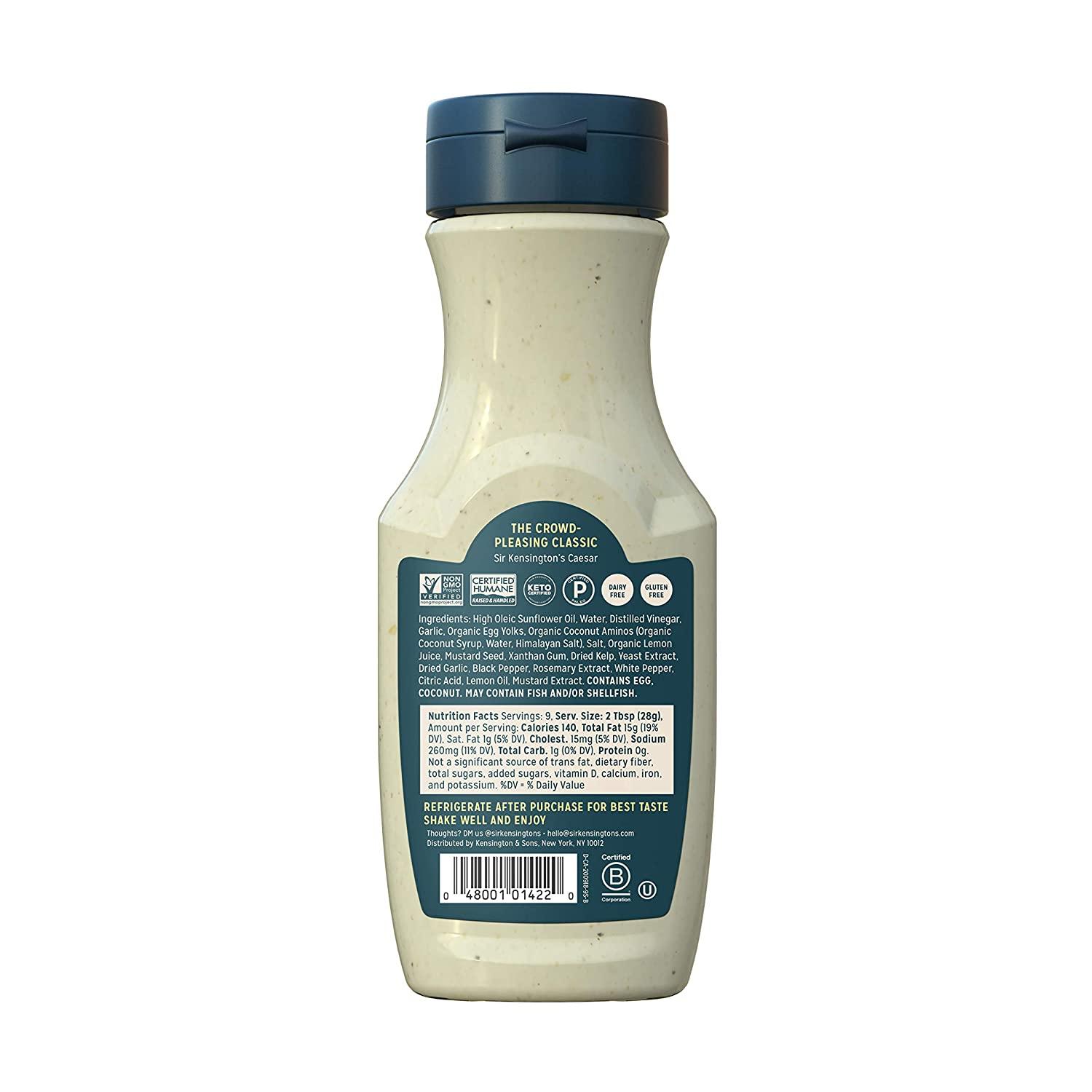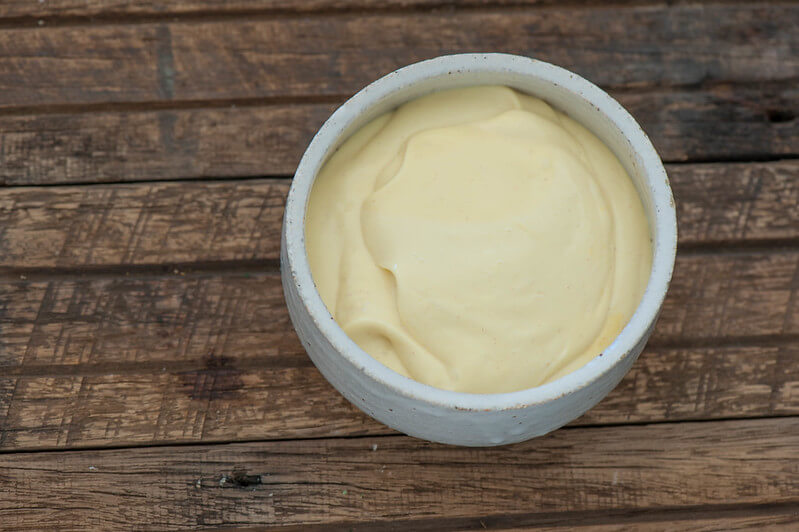Does Caesar Dressing Have Dairy? Nutritional Facts and Alternatives
– Caesar dressing is typically not dairy-free.
– The article provides a recipe for a dairy-free Caesar dressing that is also gluten-free and vegan.
– The dressing can be made in under 10 minutes.
– The recipe requires 11 total ingredients.
– Fresh ingredients like lemon juice and garlic are recommended for better taste.
– The dressing is made by blending all the ingredients in a blender or food processor.
– Just Mayo is suggested as the preferred vegan mayo for the dressing.
– Traditional Caesar dressing is made with Parmesan cheese, so it is not safe for those with dairy allergies or lactose intolerance.
– Bottled Caesar dressings in supermarkets are generally gluten-free, but it’s still necessary to read the label.
– It’s important to choose gluten-free Worcestershire sauce and check the Parmesan cheese label when making Caesar dressing at home.
– Caesar dressing may contain malt vinegar derived from barley, which contains gluten.
– Caesar dressings usually contain Parmesan cheese or other forms of dairy, making them unsuitable for those avoiding dairy.
– Eggs are a key ingredient in Caesar dressing for its creamy texture, but alternatives like vegan mayonnaise or silken tofu can be used for those with egg allergies or following a vegan diet.
– Parmesan cheese adds a salty and nutty flavor to Caesar dressing, but nutritional yeast can be used as a substitute for those who are lactose intolerant or vegan.
– Olive oil is the primary oil used in Caesar dressing.
– Spices such as garlic, black pepper, and anchovies are used to add flavor to Caesar dressing.
– Anchovies can be omitted or substituted with capers for a vegetarian or vegan version.
– Caesar dressing is high in calories, with one serving containing around 160 calories.
– One serving of Caesar dressing contains around 17 grams of fat.
– Caesar dressing is high in sodium, with one serving containing around 320 milligrams of sodium.
– It is not a significant source of protein, with one serving containing less than one gram of protein.
– One serving of Caesar dressing contains around 20 milligrams of calcium.
– It is high in cholesterol, with one serving containing around 30 milligrams of cholesterol.
– Homemade variations of Caesar dressing can be made to suit different dietary needs.
– Caesar dressing is suitable for different diets such as the keto diet, paleo diet, and Whole30 diet if it is made with high-quality ingredients and is free from added sugars, preservatives, dairy, gluten, and other non-compliant ingredients.
– Primal Kitchen is a brand that makes Caesar dressing suitable for these diets.
– The history of Caesar dressing is unclear, but it is believed to have been created by Caesar Cardini, an Italian-American restaurateur, who made the salad with romaine lettuce, garlic, croutons, Parmesan cheese, olive oil, raw egg, and Worcestershire sauce.
– Some gluten-free Caesar dressing brands include Marie’s and Cardini’s.
– There are dairy-free options for Caesar dressing, such as vegan Parmesan cheese or making your own dressing using non-dairy milk and nutritional yeast.
– Vegan Caesar dressing options include dressings that use ingredients like tofu, cashews, or non-dairy milk as a base.
– Gluten and dairy-free salad dressing brands include Tessemae’s, Primal Kitchen, and Annie’s.


